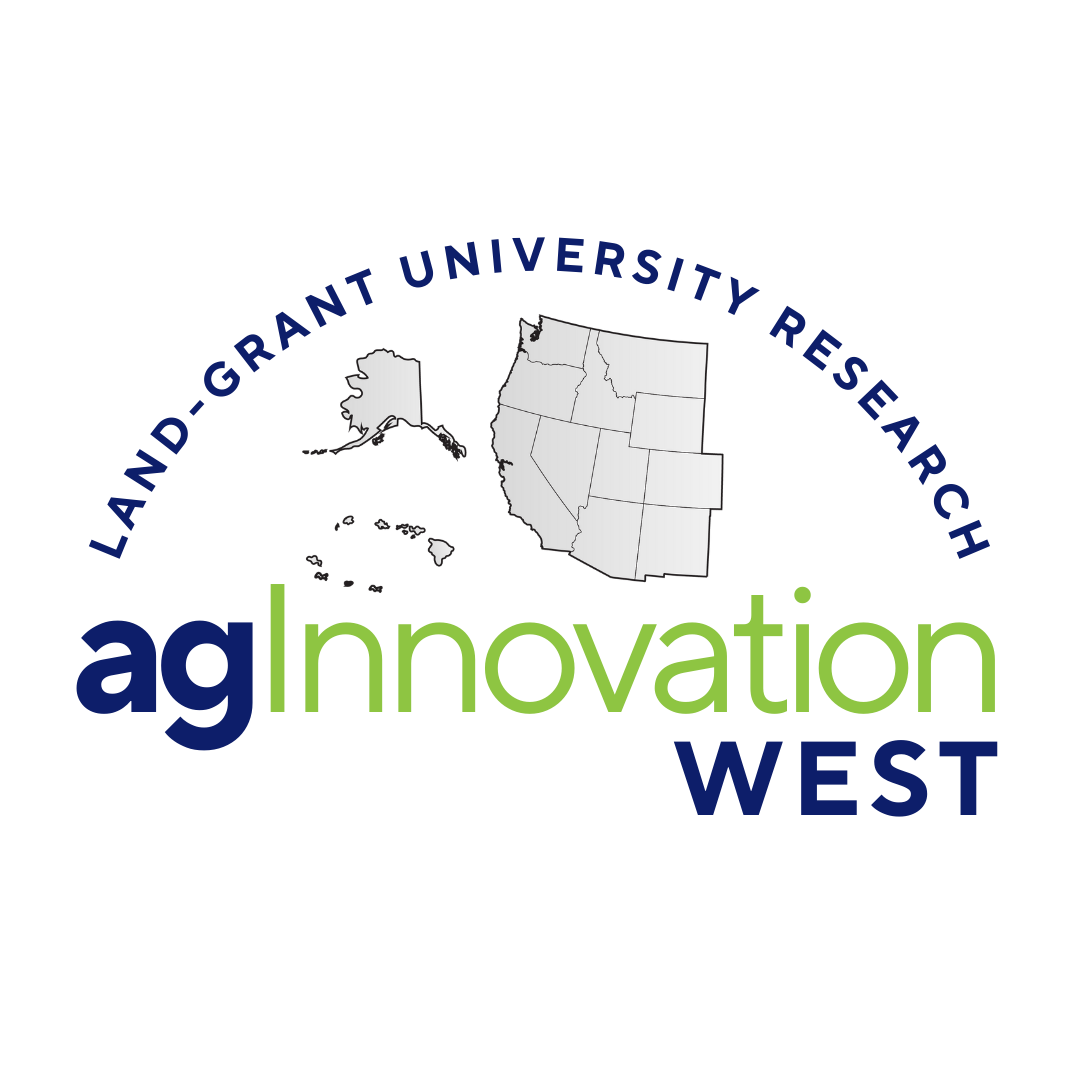
WERA_OLD11: Western Regional Turfgrass Research
(Multistate Research Coordinating Committee and Information Exchange Group)
Status: Inactive/Terminating
WERA_OLD11: Western Regional Turfgrass Research
Duration: 10/01/2004 to 09/30/2011
Administrative Advisor(s):
NIFA Reps:
Non-Technical Summary
Statement of Issues and Justification
Urbanization is a global trend. Accompanying this growth and development is a rapid increase in the area of turfgrass, such as home lawns, commercial landscapes, parks, golf courses, recreational facilities, and other greenbelts. There is great demand for research information on turfgrass irrigation management, techniques of turfgrass culture, environmental impacts, and new turf cultivars. Since the formation in 1972, the WCC-11 committee (Turfgrass Research Committee of the Western United States) has been a valuable vehicle to discuss current and future research trends, to cooperate research projects pertinent to the changing demographics and increasing resource limitations in the western US, and to reduce duplicative research. The committee has been very successful in assuring the complementarities of research by individuals of diverse specialties, working under the varied environmental conditions of the region. The goal of WCC-11 is to foster exchange of information of current research and extension activities and to promote cooperative efforts among turf programs in the region. The WCC-11 has active and positive influence on the Western Region of the United States, nationally and internationally. The overall objectives are the same as previous submission. The reasons are two-fold. First, the goals are written broadly so that they are relevant to issues most important to the turf industry in the western US. The drier than average climates during the past several years have heightened the issues such as water resource limitations and environmental stresses in the western US; long-term research in these aspects is necessary. Secondly, with the rapid influx of new turf species and cultivars, information about efficient cultural practices and pest controls should be a dynamic and continuous process. Considering the broad objectives, we supplemented with more specific tasks for progress evaluation.
Objectives
-
To reduce turfgrass water use and improve irrigation management practices by a) identifying grasses with increased drought resistance, b) assessing water use efficiency and feasibility of different irrigation systems (such as drip irrigation vs. sprinkler irrigation), and c) evaluating alternative water resources (such as reclaimed wastewater) for urban landscape irrigation. Research in AZ, CA, CO, NE, NM, NV, TX, UT, and WA continues to deal with the demands on limited water supplies. Salinity effects on turfgrasses are being investigated in AZ, CA, CO, NM, NV, and TX. Different irrigation systems are being investigated in NM and CO. Reclaimed wastewater reuse is continuing to be investigated in Guam, AZ, CA, CO, and NV as reclaimed wastewater is considered as the alternative water resource for urban landscape irrigation.
-
To foster exchange of information on current research activities on developing efficient cultural and maintenance practices for newly developed cultivars. The NTEP tests are conducted by WCC-11 members. Cultivar adaptations and best management practices (mowing, optimum water, fertility, and pest managements) are tested in all states under diverse environmental conditions that make it imperative for the WCC-11 to continue to share collected information.
-
To coordinate breeding and genetic improvement of turfgrasses with enhanced biotic and abiotic stress resistance. Turfgrass breeding efforts continue in TX, NE, AZ, CO, UT, CA, and NM to develop better quality, resource efficient, and environmental adapted zoysiagrass, bentgrass, buffalograss, saltgrass, etc. WCC-11 fosters cooperative research activities that include: a) germplasm exchanges, b) germplasm cross-site screenings for biotic and abiotic stress resistance, and c) testing new varieties and potential varieties at coordinated sites across the region to define the areas of adaptation and information for cultivar release.
-
To communicate and increase cooperative research on nutrient and pesticide fates. Assessment of different management and conditions on nutrient and pesticide fates is conducted in WA, CA, and NE.
Procedures and Activities
Expected Outcomes and Impacts
- Function as an effective, well-proven means for interaction among scientists who are separated by large geographic distances, with turfgrass research programs having diverse research emphases.
- Function as an essential method for exchange and review of ongoing research, to prevent duplication of efforts and thus maximize use of limited research funds.
- Fosters cooperative research efforts and shared ideas that would be difficult to achieve without the varied disciplines present.
- Active participation from private researchers and interacts with other regional groups, such as the NCR-192.
- Emphasize the importance of collaboration, interaction and cooperation of the WCC-11 members to maximize research efforts.
- �
Projected Participation
View Appendix E: ParticipationEducational Plan
Teaching programs include strong undergraduate and graduate training to prepare students for both industry and academic programs. Information is disseminated via WCC-11 members through both extension education and resident teaching programs. Programs include, but are not limited to, extension bulletins, newsletters, trade journals, refereed journals, TV programs, radio programs, newspaper columns, field days, videotape, master gardeners, state, national, and international turf conferences, and internet home pages. As computer resources grow, WCC-11 will be dispersing more information via internet and long distance learning.
Organization/Governance
The recommended Standard Governance for multistate research activities include the election of a Chair, a Chair-elect, and a Secretary. All officers are to be elected for at least two-year terms to provide continuity. Administrative guidance will be provided by an assigned Administrative Advisor and a CSREES Representative.